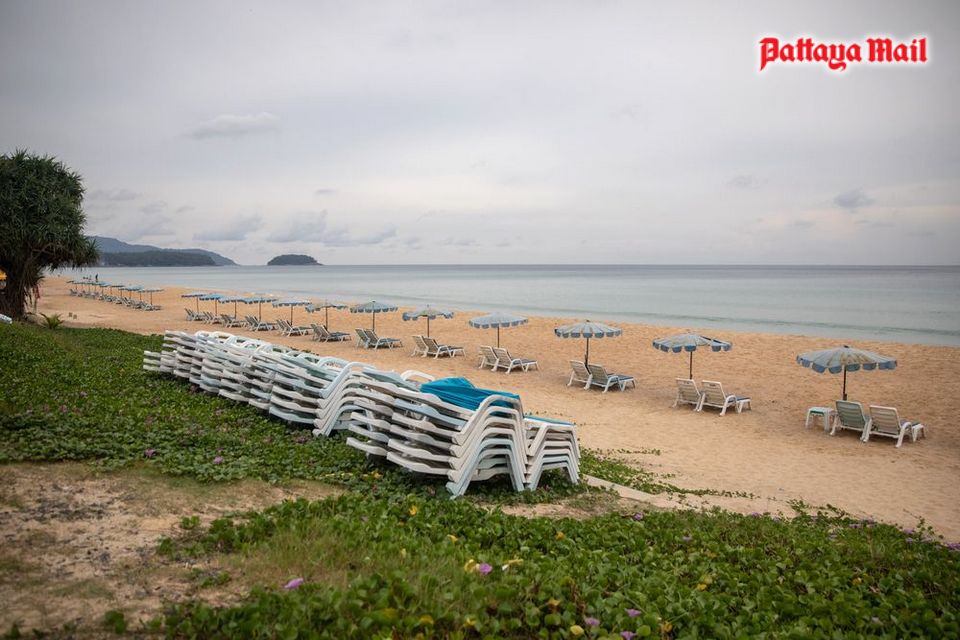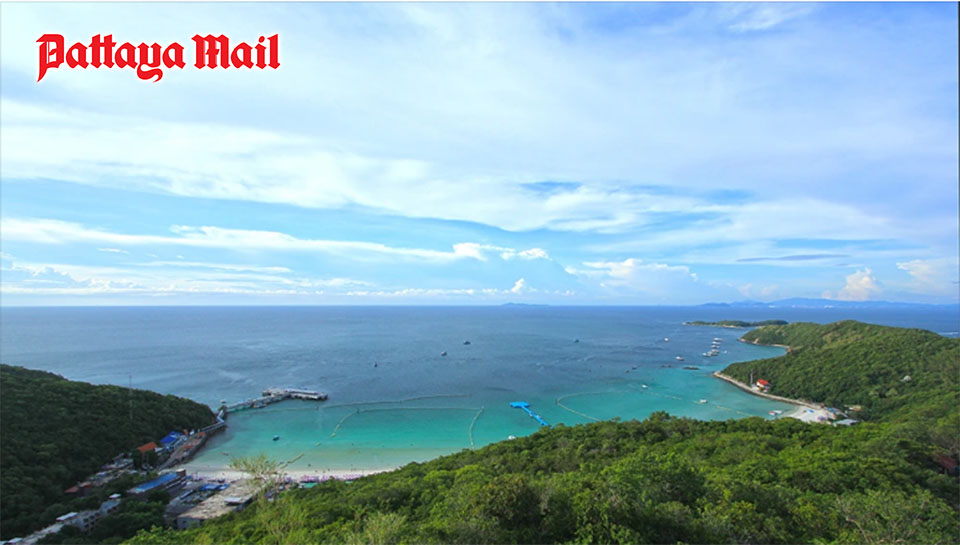
As Thai authorities firm up the detail of the proposal to welcome fully-vaccinated foreign tourists to Phuket from next month, Pattaya authorities and businesses don’t want to be left out in the cold. Pattaya Mayor Sonthaya Kunplome confirmed over the weekend that the Pattaya Move On scheme will indeed comprise a Sandbox for the resort starting in October.
The problem is that sprawling Pattaya, now virtually a satellite of the Bangkok metropolis, is not an island. There are literally dozens of highways and exit routes for those determined to escape unobserved. During the lockdown last March and April, local authorities discovered just how difficult it is to question every driver on the roads. Sooner or later you have to accept that 100 percent surveillance is impossible.
Another difference is that Pattaya does not have a truly international airport like Phuket. Of course, there is U-tapao – about 40 miles away – but this facility is still mainly for short-haul and charter flights. The Thai tourist authority says that most Sandbox passengers this year will be from Europe which means that the crowds, if any, will be touching down at a Bangkok airport.
A basic principle of Sandbox is the sealed route or isolation bubble, at any rate in the early stages. One assumes that landing passengers will have their own dedicated channel for immigration officers to examine their voluminous paperwork and maybe to receive a test health check on arrival. A charter group could then be loaded onto a waiting bus to be whisked away to the specially-adapted hotel without mixing with the general public.

But the intention is to allow independent travellers to be Sandboxers too. Presumably they can’t use a private taxi, or hop on any bus, as neither option would be a sealed route. The assumption is that they would need to wait for “authorized” transport. The issue of charter- versus-independent clients in this type of scheme needs a close scrutiny if serious arguments are to be avoided at Thai airports. People want minimal bureaucracy when they are tired after a long flight.
Once safely in their hotel, which must meet SHA+ (Amazing Thailand Safety Health Administration Plus) standards, the Sandboxers will have to remain on the premises for the first three days, enjoying specified facilities (such as gyms) on offer there. On the following four days, they will be allowed out to visit local sites but, again, must not mix with the general public. This notion does appear to be the equivalent of the old adage, “Everyone back on the bus in 10 minutes please!”
After one week, the tourists will be able to roam freely, but only in parts of the province. This will likely include Pattaya, Naklua and Sattahip. After a full two weeks under restrictions, they will be free to travel anywhere in Thailand at their sole discretion. Current expectation is that Sandboxers will be expected to use daily (rather than simply download) a track and trace app. It has to be said that Thailand does not have a happy recent record when it comes to the monitoring and enforcement of similar devices.

Pattaya’s neighboring island of Koh Larn has been suggested as a Sandbox base, particularly for the first week of the holiday. Pattaya authorities say they are not sure whether 70 percent of the host population can be vaccinated in time for the Sandbox opening but, in any case, the island is more suited to day trips rather than to an extended stay.
Almost all of the effort which Thai authorities have put into the Sandbox concept has been to try and ensure that “Thailand is ready.” Not much work appears to have been done on which countries are likely to send tourists under the scheme, especially in 2021. Even less effort has been put into the all-important question of what the end user (the tourist) will make of the experiences which will await him or her. In particular, what exactly a “sealed route” is requires a lot of clarification. And soon.
 |
 |
 |





